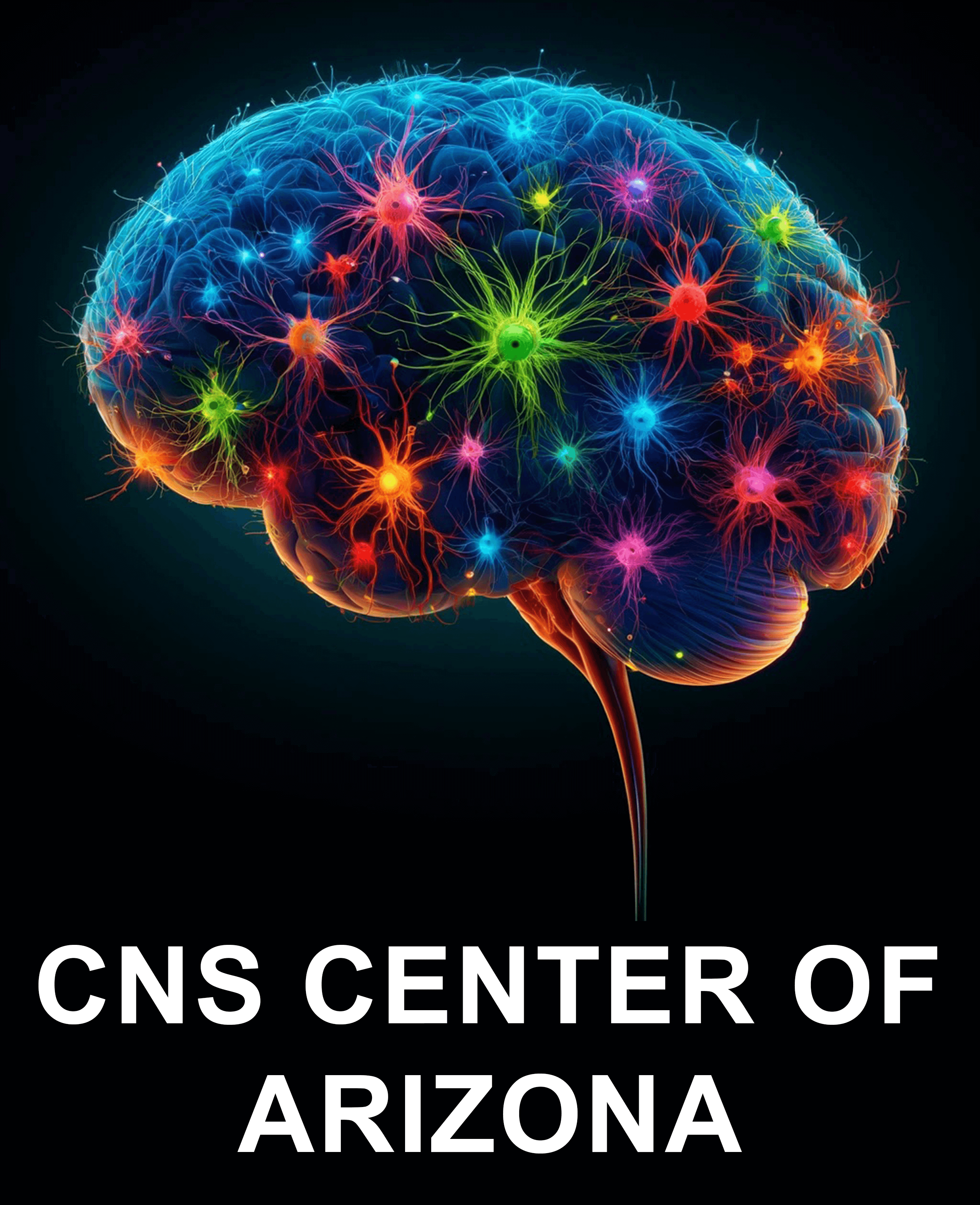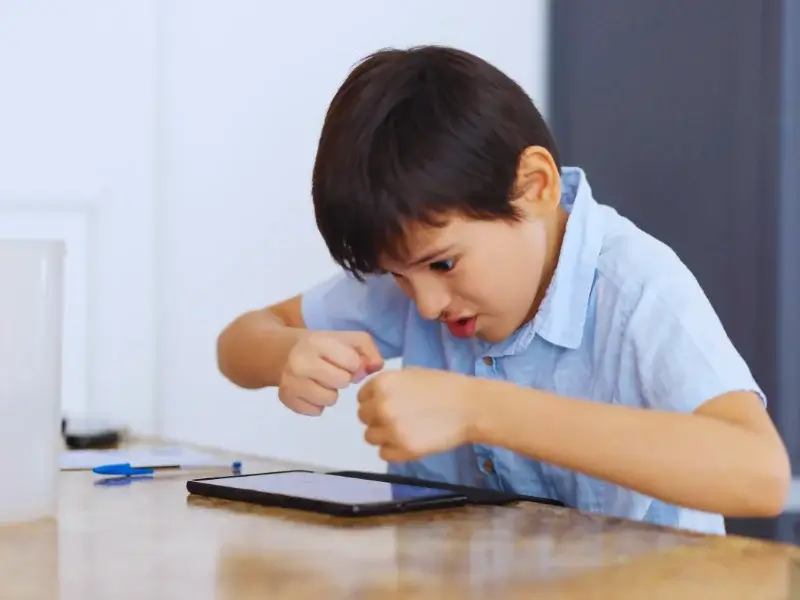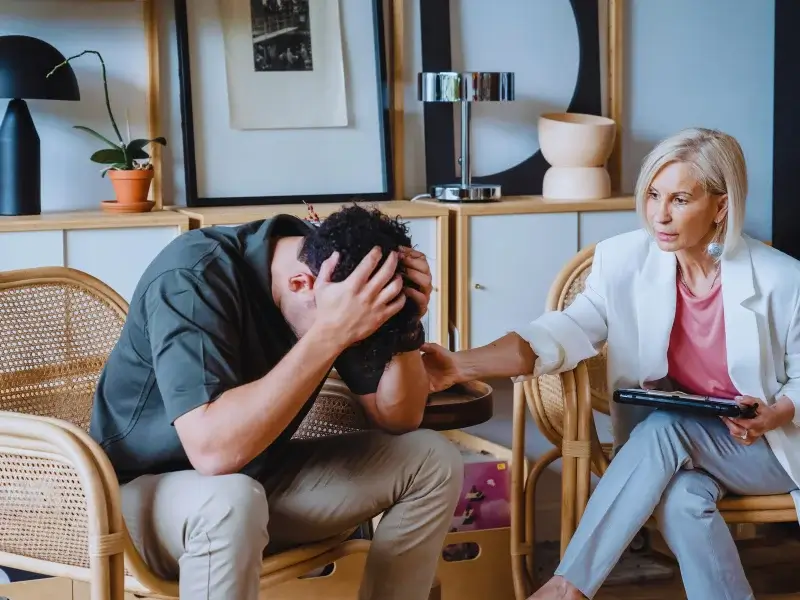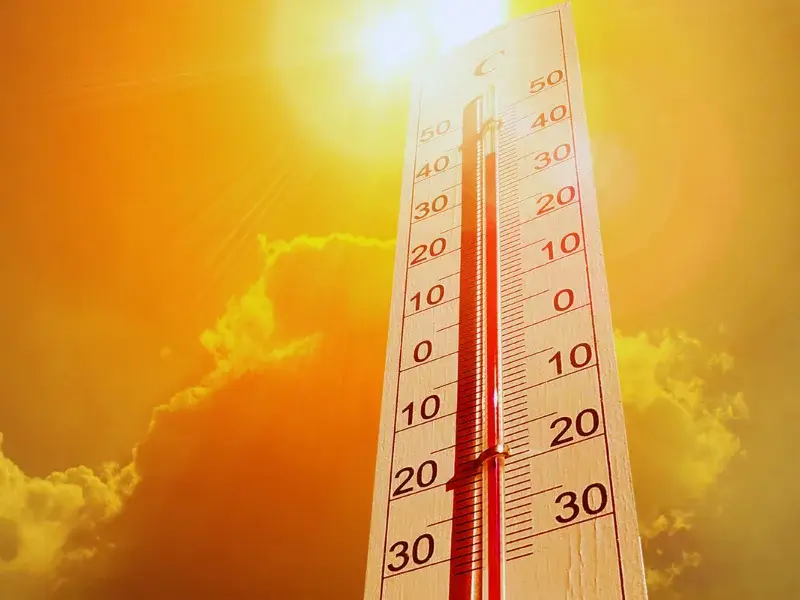 Post-Traumatic Stress Disorder is a condition that is triggered in people who have been exposed to terrifying, shocking and dangerous event. It has become more common in children and teens. Children and teenagers who experienced trauma have later on developed PTSD.
Post-Traumatic Stress Disorder is a condition that is triggered in people who have been exposed to terrifying, shocking and dangerous event. It has become more common in children and teens. Children and teenagers who experienced trauma have later on developed PTSD.
Parents and other adults should be the first ones to help children cope with undiagnosed and untreated PTSD. Learning about the symptoms of PTSD is one good way to start.
- Usually at first, children and teens can narrate or describe their thoughts about the initial trauma. There are some who always get nightmares from their frightening experience. In time, they can also complain of stomachaches or headaches.
- Over time, those who have PTSD would deny that the trauma ever happened. They try to bury all the memories to get rid of the pain associated with these. Furthermore, you may notice that they feel emotionally numb and get detached from others.
- Children may overly react when hearing loud noises or become weary when reminded of their trauma.
- Those suffering from PTSD have difficulty in concentrating. When facing a situation that reminds them of their trauma, they tend to move on to something new. Sometimes, PTSD is mistaken for ADHD (Attention Deficit Hyperactivity Disorder) because of this behavior.
- Children and teenagers with PTSD often make self-harming decisions. This is because they don’t see themselves living long enough. They have this sense of limited future. They tend to be pessimistic and resist maintaining relationships.
Parents and guardians should seek professional treatment for their children when their behavior is very different from other children in the same age group, most especially if they have experienced trauma in the past.
The symptoms stated above may get worse. It is important to get early treatment as it may affect the family. It could also lead to serious health problems such as heart illnesses.





